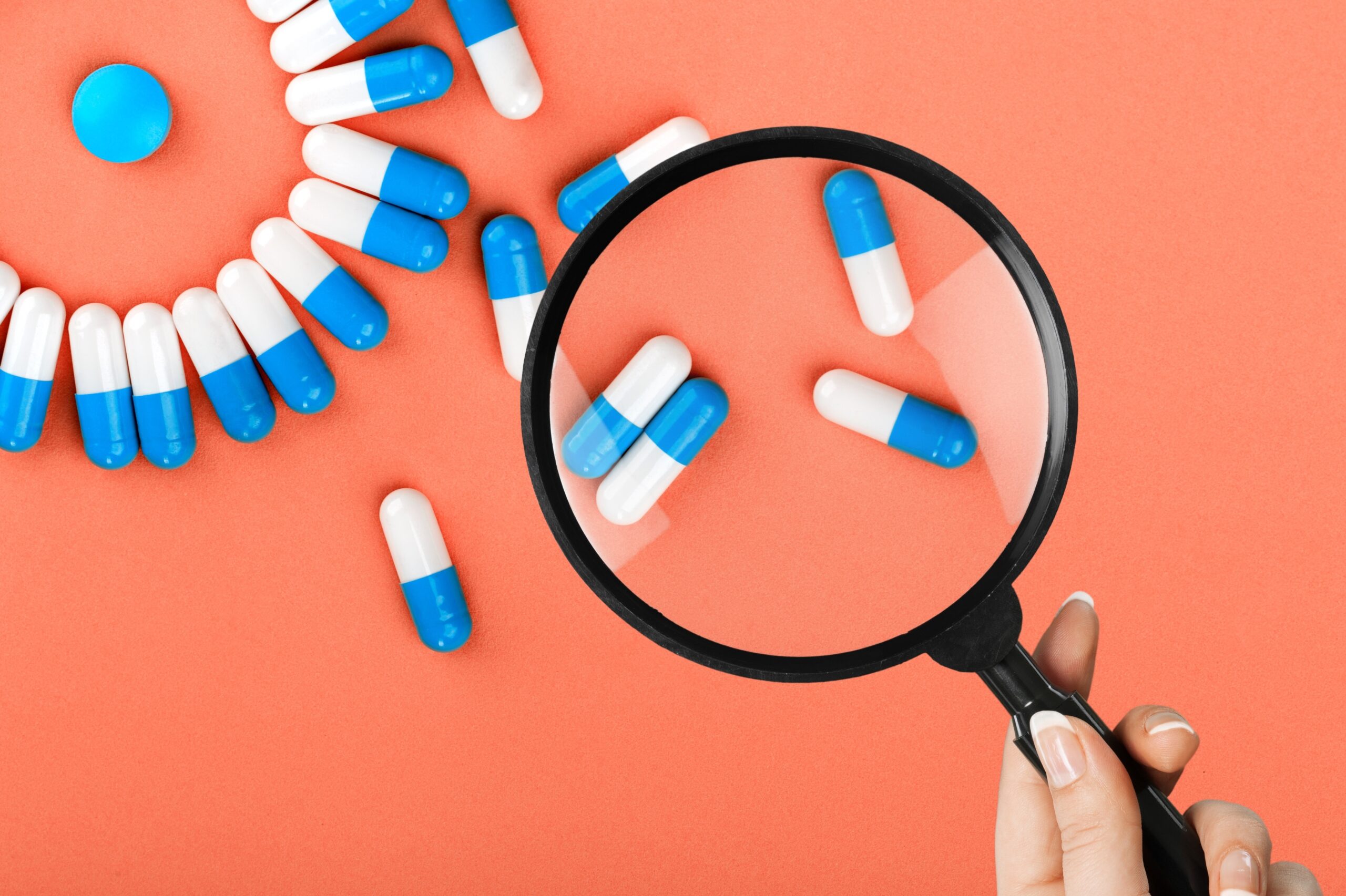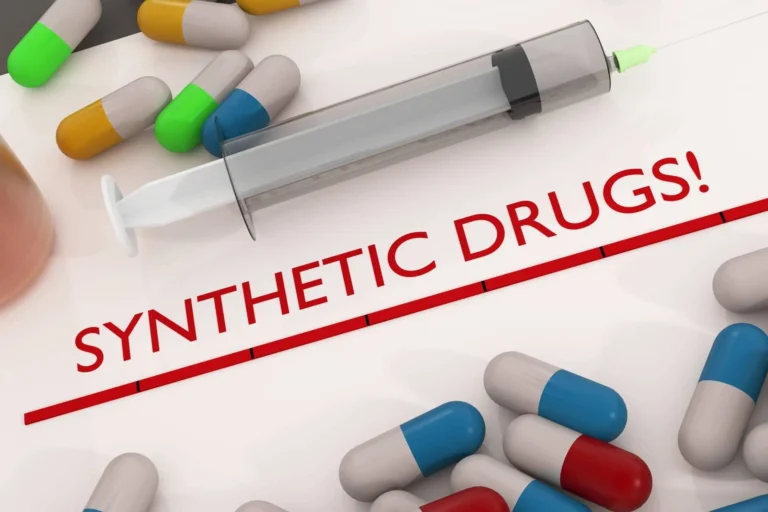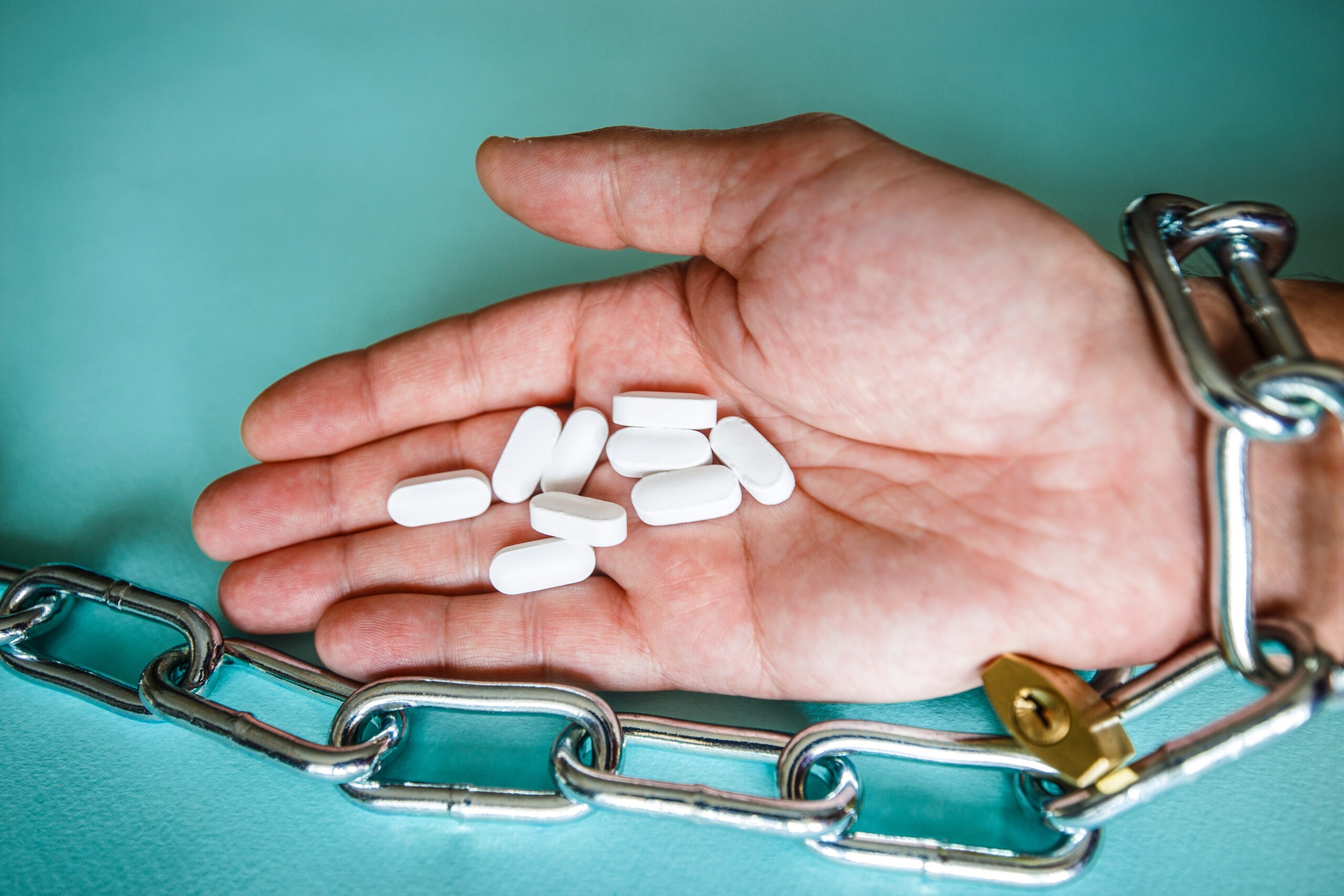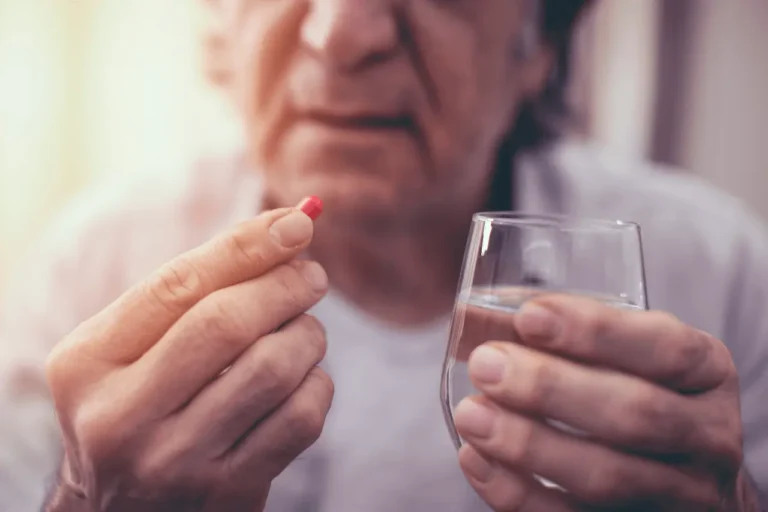Significance
Note that at the Seventieth World Health Assembly in 2017, the WHO adopted the term “Substandard and Falsified (SF) medical products” to additionally encompass “substandard drugs,” which fail to pass the quality standards or specifications, or both. In this definition, falsified medical products are those that deliberately or fraudulently misrepresent their identity, composition or source. Institute of Medicine (IOM) considers substandard drugs to be those that do not meet national specifications, and falsified products are those that give a false representation of identity or source or both. The IOM Report, “Countering the Problem of Falsified and Substandard Drugs (2003),” discussed extensively the challenges of defining counterfeit medicines. Our primary focus in this proposal is to empirically assess the public health problems and mitigation strategies for counterfeit drugs. However, it is often difficult to differentiate between falsified drugs and substandard drugs, and recent literature mostly presents them as “SF” products. We have reviewed and referred to the studies on SF drugs as counterfeit drugs in this proposal where the distinctions could not be made.
Although pharmaceutical industries, government agencies, and international organizations have undertaken numerous strategies over the last few decades to combat the threats of counterfeit drugs, the spread of counterfeit drugs has not decreased. The Pharmaceutical Security Institute(PSI)’s data on crime incidents show that counterfeiting crime has increased 65.9% from 3609 in 2017 to 5987 in 2021; during the COVID-19 pandemic, just in a year, the crime rate increased by 38% between 2020 and 2021. According to OECD, the most common counterfeit drugs seized were antibiotics (35.4%), male impotence pills(15.6%), pain killers (10.4%), and antimalarial drugs (8.9%).





